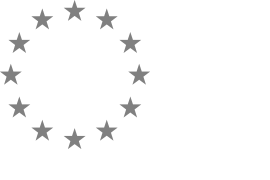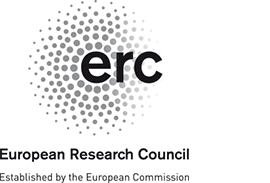OwnReality. To Each His Own Reality
Research Question, Method and Results
During the Cold War, the terms “real” and “reality” cropped up in striking fashion in discussions on art and artists’ writings. They not only expressed the classic problems related to representation but also all relations between art and society. The way in which these words were understood was directly influenced by the ideological clash between the USSR and the USA. Their use in Europe differed distinctly in accordance with which side of the Iron Curtain the user was located, and the language and history of the nation in question. However, what these notions had in common was that they were always used to refer to what really exists and demands to be recognised. The study of the many acceptations of the terms in the debates on art revealed as much the influence held over the art world by ideological determination as the efforts expended by artists and intellectuals to free themselves of it. The end of the 1950s and early ’60s was a period in which the directions, debates and divergences in art with respect to this subject underwent major change. The socialist states developed a conception of socialist realism that was less rigid than during Stalin’s time. Pop, performance, happenings and conceptual art were all being practised and debated all across Europe, though in variable fashion depending on the context. Our study of the artworks and views that were developed in France, FRG, GDR and Poland shows that the deepest-seated relations, decisions and motives of the artists do not boil down simply to the antagonism between the East and the West. With relation to the notions of the real and reality, the art of this period evades accepted classification and prompts new lines of interpretations with regard to art history. Our results help to discern those lines through the combination of edited sources (summaries of press articles and summary presentations of art journals), a timeline of exhibitions, interviews with those actively involved with events at the time, and case studies. Readers of our publications will discover unknown artists, be led to reconsider those with whom they are familiar, and to envisage new links.
For more detailed information, see the introduction to the online publication of the project, and an interview with Mathilde Arnoux.
Organisation of the Project
For six years, from 2010 to 2016, the “OwnReality. To Each His Own Reality” project received an ERC Starting grant to study the treatment of the notions of the real and reality in the discourse on art in France, the FRG, the GDR and Poland between 1960 and 1989. Directed by Mathilde Arnoux, it united post-doctorate researchers and doctoral students specialising in art history and philosophy from France, Germany and Poland. The team was based at the German Centre for Art History in Paris, but also in Berlin, Leipzig and Warsaw, and would meet several times each year to attend workshops, exhibitions and meetings with artists and other researchers. In April 2013 the project led to a three-day international meeting at the DFK Paris. An online publication was produced of the best papers, articles by guest authors and the results of our own research. This research focused on the holdings in museums and archives, exhibition catalogues, articles in the art press, and texts written by artists, philosophers and historians. The texts and data that we are putting online on this site are the results of the work of some fifty researchers, research assistants, translators, copy editors, graphic designers and computer scientists.
Funding
The project “OwnReality. To Each His Own Reality. The notion of the real in the fine arts of France, West Germany, East Germany and Poland between 1960 and 1989” has received funding from the European Union’s Seventh Framework Programme for research, technological development and demonstration under grant agreement no 263560.





